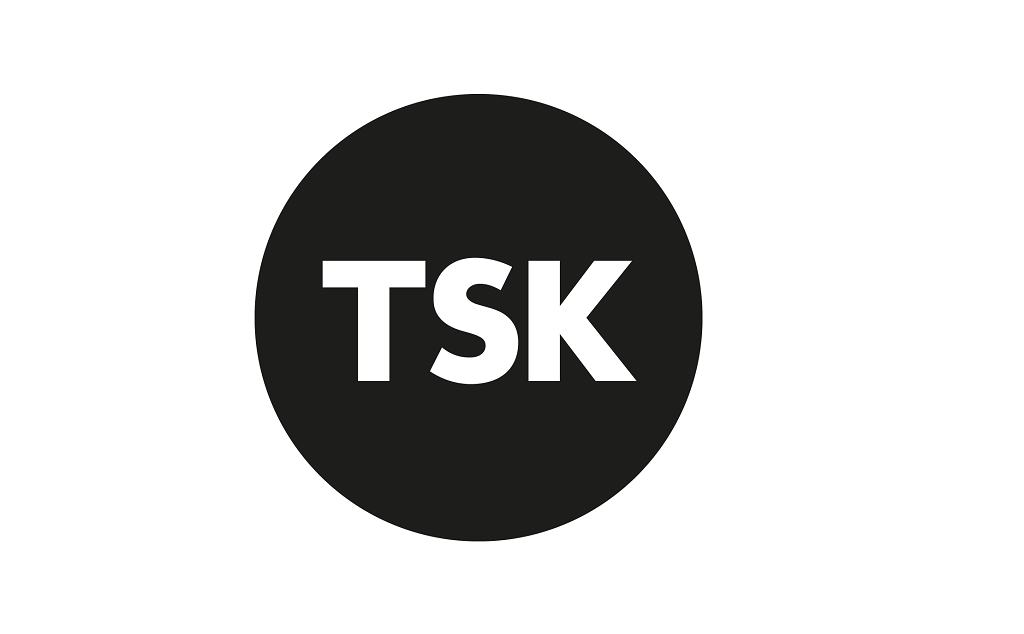Business Rates: facts, not fiction, post-Budget
The Chancellor’s Budget announcement on 16 March 2016 contained some interesting changes for small businesses and some long term plans to overhaul the administration and collection of business rates.
Small Business Rates Relief
The key announcement was the doubling of the threshold for 100% Small Business Rates Relief (SBRR) from 1 April 2017. This takes the threshold from rateable value £6,000 to rateable value £12,000 for ratepayers who qualify for the tapered relief element of the current SBRR scheme. The Government calculate that this will mean 600,000 small businesses will be taken out of the current business rates regime permanently; a reduction in the overall business rates burden of £6.7bn for small business over the next 5 years, an individual a saving worth up to £5,900 in 2017/18. This change is to coincide with the implementation of the 2017 Rating List from 1st April 2017. The news will come as a massive boost to small businesses throughout the country many of whom struggle to meet the demands of business rates annually.
Businesses qualifying as a small business occupying a property with a rateable value between £12,000 and £15,000 will receive tapered relief. It is estimated that an additional 50,000 businesses will benefit from tapered business rates relief.
This change will prove bitter sweet for many local authorities. Exemption from business rates will undoubtedly encourage and create many new entrepreneurs potentially boosting local economies, but local authorities will also see a significant reduction in business rates revenues at a time of devolution of power and rates retention!
Changes to the Business Rates Multiplier
In simple terms business rates are calculated by multiplying the rateable value by a business rates multiplier. This multiplier is currently referred to as the Uniform Business Rate or UBR. To fund SBRR in England, a supplement is added to the standard Uniform Business Rate multiplier. It was announced that from 1 April 2017 the threshold for properties classed as “small” will jump from £17,999 to £51,000 which it was reported will mean that 250,000 properties will not be subject to the supplemental charge. But keep the champagne on ice, this would have equated to an average business rates saving of £485.71 per year if introduced at the start of the current rating list for a property with a rateable value of £50,000. Importantly there was no mention of how the supplement may change for larger properties after 1 April 2017 i.e. those with a rateable value in excess of RV £51,000; the Government does like to keep relief schemes “fiscally neutral” potentially ominous…?
Indexation of the Business Rates Multiplier
After a business rates multiplier has been set when a new rating list is introduced it is increased annually by inflation. From 1 April 2020 (a General Election to get through first…) it has been announced that indexation of the business rates multiplier will be linked to the CPI rather than the RPI. A welcome change which many businesses and the retail sector particularly has been calling for; this is estimated to reduce the overall business rates burden by £370 million in 2020/21.
Rating Revaluations
The Government has indicated that it will aim to introduce more frequent rating revaluations (at least every 3 years) and will publish a discussion paper this month outlining options on how to achieve this to support both businesses and the stability of local authority funding. Good news for rating surveyors… sorry, of course I mean business, by keeping rateable values more closely linked to changes in the market!
This will be the conclusion of Governments much-anticipated business rates review later this month.
Conclusions
Overall there are some very welcome changes. Some may not come to pass but certainly the rise in exemption from business rates will be welcomed by many. But remember that to qualify for SBRR under the current scheme you must occupy only one property or if several properties the rateable value of each of the other properties must be less than £2,600.
Selected industry experts bring you insight and expert advice, across a range of sectors.
Subscribe for free to receive our fortnightly round-up of property tips and expertise
Selected industry experts bring you insight and expert advice, across a range of sectors.
Subscribe for free to receive our fortnightly round-up of property tips and expertise





